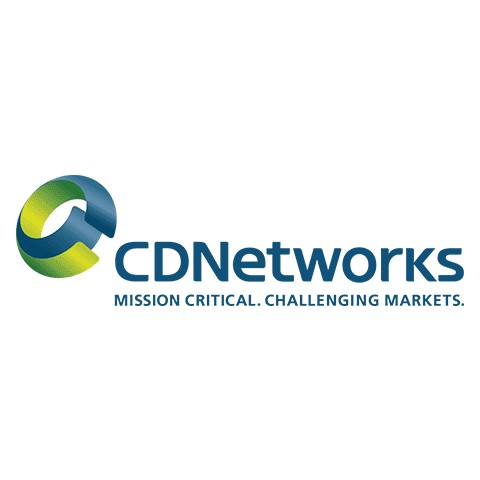OTT Platforms In-Source CDNs, Challenging Providers
Major OTT platforms like Netflix build their own CDNs, reducing reliance on third-party providers and reshaping the CDN market.
Major OTT platforms like Netflix build their own CDNs, reducing reliance on third-party providers and reshaping the CDN market.
Multi-CDN strategies gain traction as businesses like Amazon and Walmart prioritize redundancy to avoid outages and ensure content availability.
Indian Railways enhances e-ticketing with CDN upgrades, achieving 31,800 tickets per minute, improving user access and system reliability.
Energy caps in data centers slow CDN PoP deployments, prompting providers to explore renewable-powered edge nodes for sustainable growth.















































































